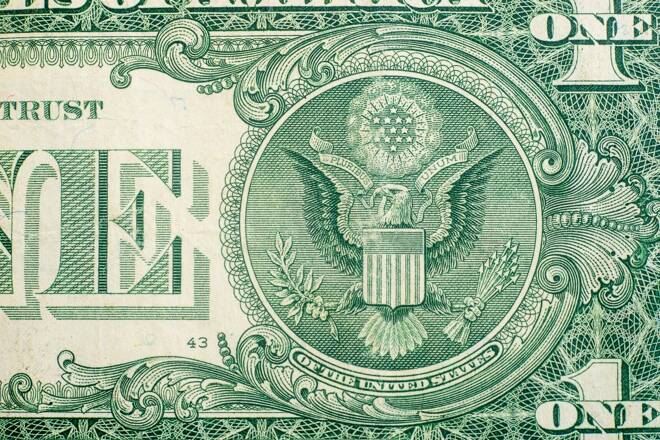Advertisement
Advertisement
Debt-ceiling Crisis a Key Risk to Credit Ratings of US Government
By:
The debt ceiling represents the most meaningful near to medium-term downside risk for the AA ratings of the US. Even last-minute avoidance of technical default may have important rating consequences.
The US Federal government hit its debt limit of USD 31.4trn on 19 January, prompting the Treasury to adopt a set of extraordinary measures, such as deferring federal pension investments.
Baseline Scenario Is for Government to Raise or Suspend Debt Ceiling at 11th Hour
Our baseline scenario is for the Federal government to raise or suspend the debt ceiling at the 11th hour after agreement around some form of spending-curtailment programme. Nevertheless, risk around this debt-ceiling crisis is the highest it has been in a decade and risk to the ratings are more pronounced than ever before in an age of heightened political polarisation alongside more elevated deficits after recent economic crises.
The United States has missed payments on federal debt before. The most recent example of technical default was in 1979 due partially to partisan misuse of the debt limit. Markets should not automatically assume that debt-limit stand-offs are inevitably resolved in the nick of time.
Debt-ceiling crises appear most perilous when a Democrat President faces a divided Congress such as we have today. The current episode is similar to 2011, when Democrat President Barack Obama faced a Republican House of Representatives stipulating spending reductions. Extraordinary measures were depleted and debt default loomed within two days before the debt ceiling was hiked.
Contingency Plans Could Temporarily Prevent Default Even If a Forthcoming “X-date” Were Exceeded
In the current episode, the government estimates an “X-date” – the date on which Treasury faces a decision of either delaying payments for its activities or defaulting on debt obligations – as early as June although the Bipartisan Policy Center (BPC) estimates Q3 2023 (Figure 1). Regardless of the specific date, if Treasury, in unprecedented fashion, exceeds this X-date, technical default becomes more probable even if default is not our baseline scenario.
Figure 1. Debt-ceiling crisis timetable (2023)
A contingent strategy for a worst-case scenario, effectively shutting down part of government to service debt, is likely on the table of the Joseph Biden administration should the need arise. In 2011, a contingency plan was pulled together for stemming short-run default. This plan reflected payment delays to agencies, contractors, Social Security beneficiaries, and Medicare providers to maintain continuing service to holders of treasury securities.
Nevertheless, any delay of payments for non-debt Federal obligations and a furlough of federal employees would provoke significant legal challenges questioning any such preferential treatment of securities holders. The Treasury will be exceptionally keen to avoid the high uncertainty involved in such scenarios.
For a look at all of today’s economic events, check out our economic calendar.
Dennis Shen is a Director in Sovereign and Public Sector ratings at Scope Ratings GmbH. Connect with Dennis via LinkedIn.
About the Author
Dennis Shencontributor
Dennis Shen is the Chair of the Macroeconomic Council and Lead Global Economist of Scope Ratings based in Berlin, Germany.
Advertisement
